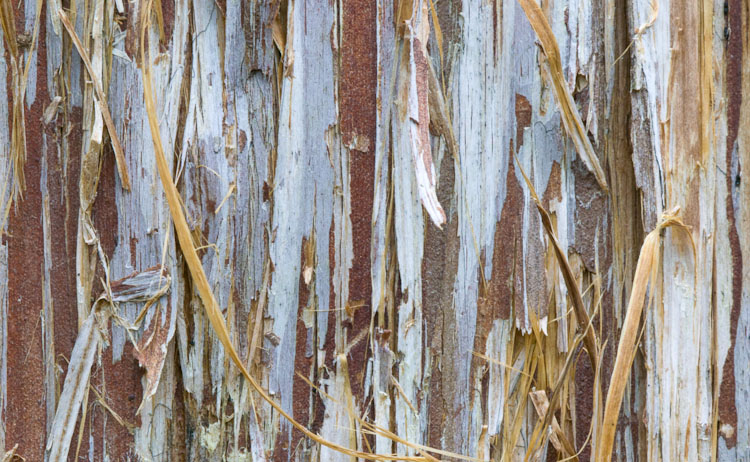Eastern Red-Cedar Bark
Eastern Red-Cedar, (Juniperus virginiana) The bark of cedar on the main trunk shreds into long, thin, flat strips. Very attractive!

Eastern Red-Cedar, (Juniperus virginiana) The bark of cedar on the main trunk shreds into long, thin, flat strips. Very attractive!
Reindeer Moss, (Cladonia rangiferina) Walk 15-minutes from the PGT Center to The Point and you will find large areas of the ground covered by Reindeer Moss. Reindeer Moss is actually … Continued
Crustose Lichen on hickory bark Look closely at the trees around you. Do you see lichen? If not it may be because you are breathing polluted air. Irwin Brodo writes … Continued
British Soldiers, (Cladonia cristatella) This attractive lichen gets it’s name for the little red “caps” which resemble the red hats worn by the British troops during the American Revolutionary war. … Continued
Little Bluestem, (Schizachyrium scoparium) I love Little Bluestem; it is one of my favorite native grasses. This time of year it is magical if you catch it with the sun … Continued
Indian Grass, (Sorghastrum nutans) When we started converting our old pastures back into stands of native warm season grass a couple decades ago we picked the two dominant grasses: Big … Continued
Hackberry, (Celtis occidentalis) Get in very close to a tree sometime and take a look. There is a wonderful miniature world there with lichens, moss and bugs.
Eastern Red Cedar, (Juniperus virginiana) The only common evergreen tree at the PGT is Cedar. Even though it is a very attractive tree we have killed thousands of them over … Continued
Osage Orange, (Maclura pomifera) The fruit of the Osage Orange is big and heavy; sort of like a softball made out of lead. In Trees if Missouri Don Kurz writes … Continued